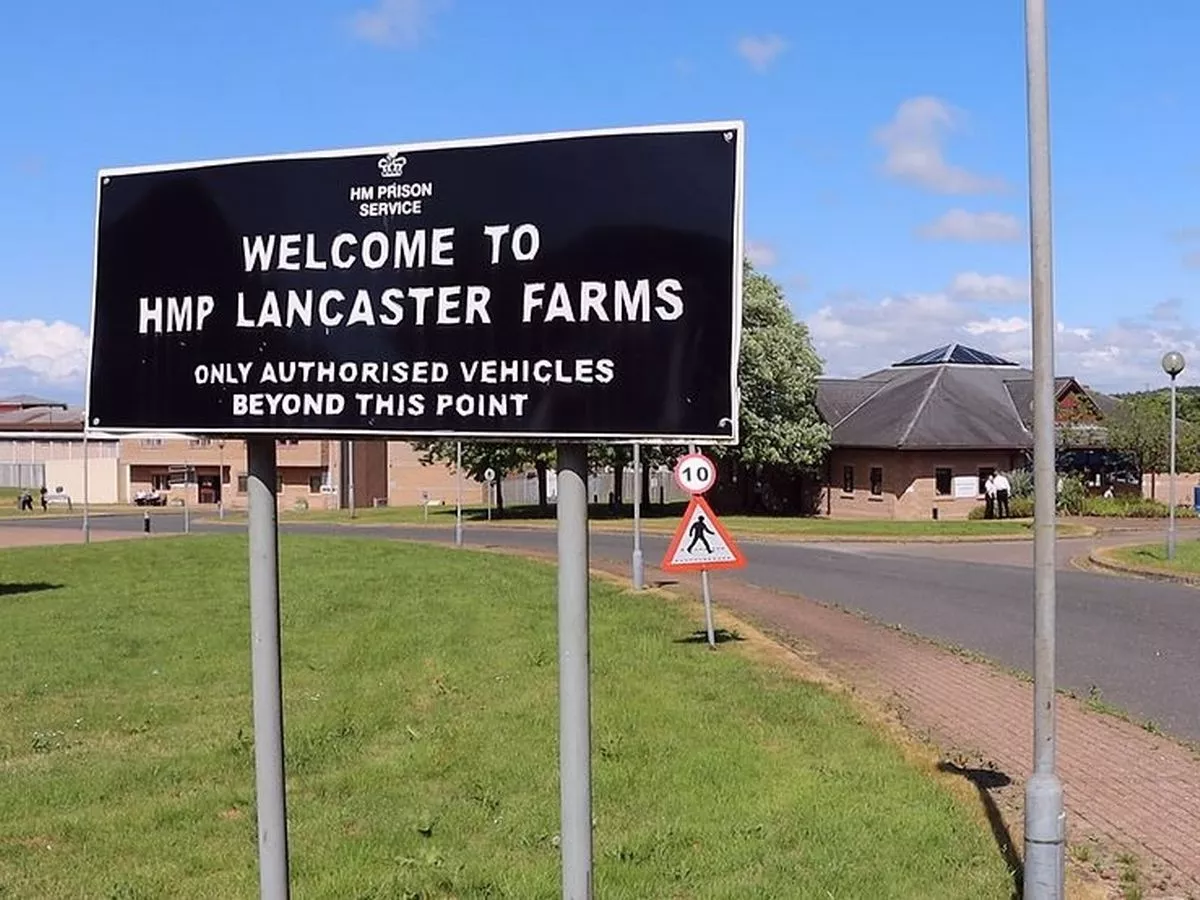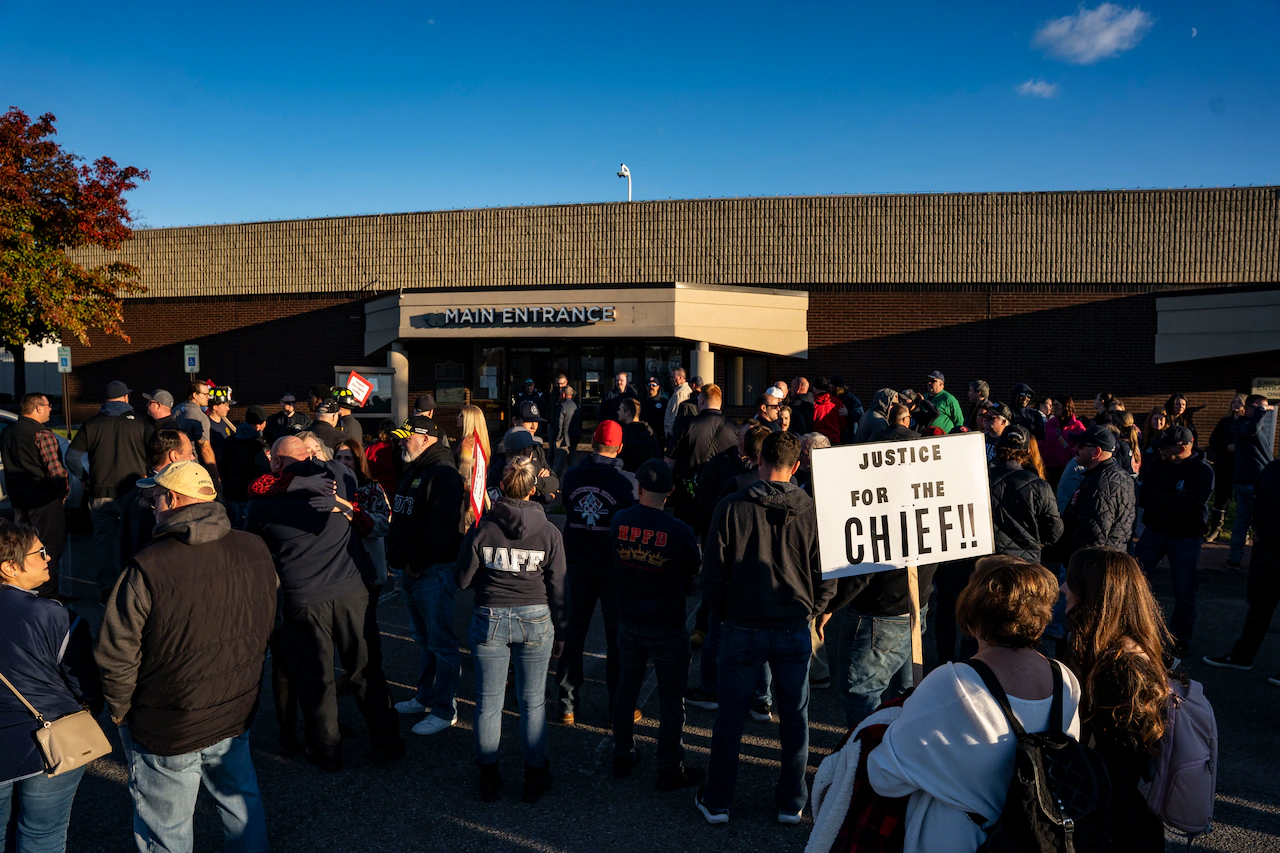Copyright STAT

Six Americans have died and more than 20 others have been sickened in a growing listeria outbreak linked to prepackaged pasta meals. It is upsetting, but not surprising. I worked on food safety at the Food and Drug Administration for many years. The U.S. has one of the safest food systems in the world, but too many Americans fall ill from contaminated food every year — and too many families experience tragic, preventable loss. That’s unacceptable in the 21st century. Advertisement The problem isn’t just that outbreaks happen. It’s that when they do, our investigations often fall short. Instead of learning from mistakes that cause outbreaks and preventing them from happening again, we too often repeat them. Why? Partly because the responsibility of investigating outbreaks and ensuring they don’t happen again is scattered across agencies. The Department of Agriculture regulates meat and poultry, FDA oversees most other foods, and the Centers for Disease Control and Prevention is responsible for detecting and coordinating the epidemiological portion of multi-state outbreaks. The states have their own important detection, reporting, and investigative roles, too. Let me be clear: The dedicated federal and state health officials I worked alongside are deeply committed to protecting public health. But with so many players involved in outbreak investigations, no one agency is truly accountable. Advertisement That’s why the U.S. should create an independent national foodborne outbreak investigation board. Modeled after the National Transportation Safety Board (NTSB), this board would investigate outbreaks across all food categories, free from agency silos and political pressure. It would bring transparency, publish clear lessons, and help prevent repeat outbreaks. Industry could contribute data and insights, while the board maintains independence and final judgment. We could also leverage new and emerging technologies, such as machine learning and artificial intelligence, to strengthen outbreak hypotheses and analyses. The status quo is simply too dangerous to continue. Investigations can lack coordination and timeliness in response, be inconsistent, or worse yet, incomplete. Agencies have, at times, even announced conclusions before the facts were clear — like in 2008, when tomatoes were blamed for a salmonella outbreak later tied to peppers. Consumers were confused. Farmers were devastated. And public trust eroded. The current listeria monocytogenes outbreak is linked to meat and pasta meals with multiple ingredients, some regulated by USDA and some by the FDA. The original outbreak investigation failed to determine the root cause and the company responsible continued to operate, causing additional illness, recalls, and even deaths before the source was detected almost half a year later. When outbreak investigations are inconclusive or wrong, they can lead to, among other things, sensationalized reporting and a breach of consumer trust. Over the past few months, numerous articles have appeared around the most “dangerous” foods, claiming irresponsibly that fruits and vegetables like cucumbers, leafy greens, and carrots — keys to minimizing chronic disease and improving quality of life — are risky. While fruits and vegetables, like many other foods, can occasionally become contaminated if not handled appropriately, tens of millions of servings of healthy fresh fruits and vegetables are consumed safely every day across our country. We’re losing the plot on public health if we’re routinely driving consumers away in fear from federal health recommendations and wholesome choices. Advertisement Meanwhile, the foodborne illness numbers haven’t budged. According to the CDC, the incidence of human illnesses due to pathogens like salmonella, E. coli, and listeria has stayed flat — or even risen — for the past two decades. As the Government Accountability Office recently noted, “FDA and [USDA] FSIS have not met their goals to reduce foodborne illness — in one case, by a wide margin.” Contrast that with the airline industry, where accidents per mile flown have plummeted. The difference? Aviation accidents are investigated independently by the NTSB. Foodborne outbreaks, on the other hand, are investigated by the very regulators who are supposed to prevent them. It’s time to change that with a unified investigation board. We’ve already made huge strides in foodborne illness surveillance technology. Whole genome sequencing allows us to detect outbreaks faster and sooner than ever. But too often, agency investigations are unable to accurately identify the food that made people sick or how they became contaminated. Without answers, informing future prevention is impossible. When sufficient evidence does not exist to accurately name a food source, products should not be prematurely or incorrectly identified just to provide an answer. That leads to mistrust and confusion. However, if investigations were stronger, the government would be able to accurately identify more food sources and root causes. Congress has started to recognize the problem. Recent Senate and House appropriations legislation criticized the lack of coordination and transparency between the FDA, USDA, and CDC during foodborne outbreaks. Lawmakers directed the agencies to propose reforms. That’s a good step. But we need more than incremental change. The stakes are enormous. Beyond the human suffering, foodborne illness costs our economy nearly $18 billion each year. And when fruits and vegetables are wrongly labeled as “dangerous,” people shy away from eating the very foods public health experts urge us to consume. Advertisement We don’t have to accept this fractured, less than ideal system. And to be clear, this is not about bigger government. In contrast, it’s about taking a more modern, fiscally responsible, tech-enabled, and data-driven approach to investigating foodborne outbreaks. With bold reform — and an independent foodborne outbreak investigation board — we can rebuild public trust, maintain confidence in the U.S. food system, and ultimately protect families, while ensuring fruit and vegetables remain a centerpiece of the American diet. Frank Yiannas, M.P.H., served as the deputy commissioner for food policy and response at the FDA under two presidential administrations, overseeing policies and regulations, outbreak response, and the implementation of the Food Safety Modernization Act. For the 10 years prior, he served as the vice president of food safety at Walmart, responsible for the food safety of all Walmart and Sam’s Club locations.



